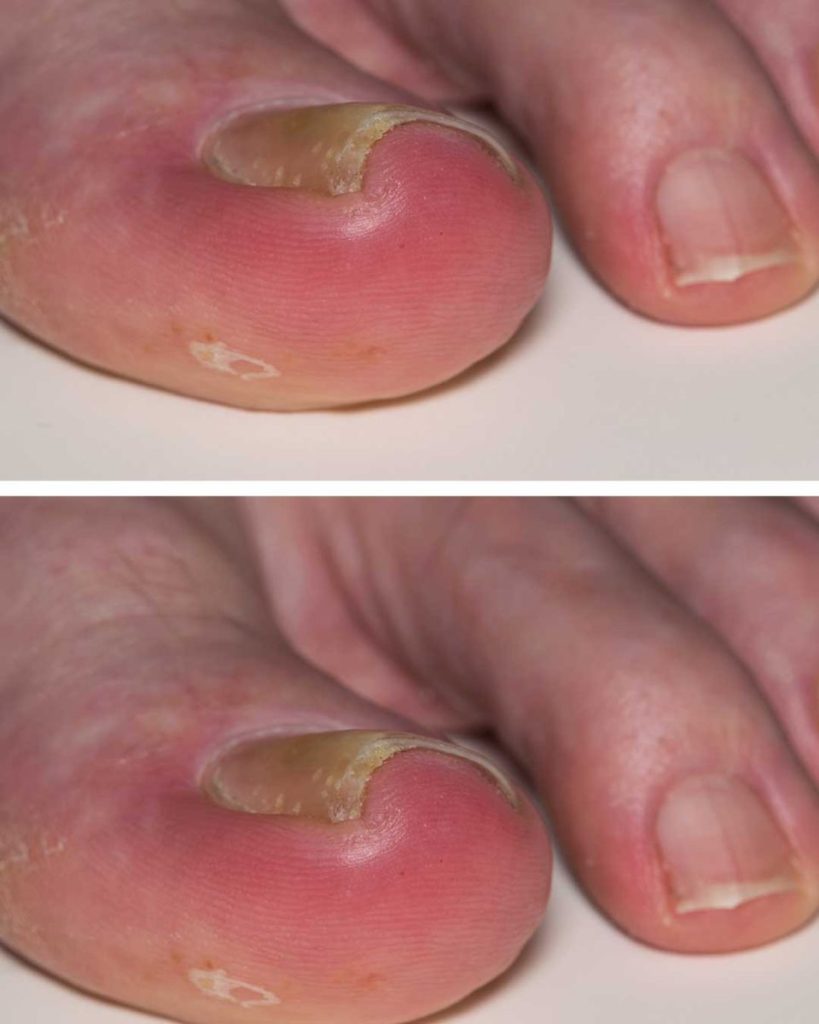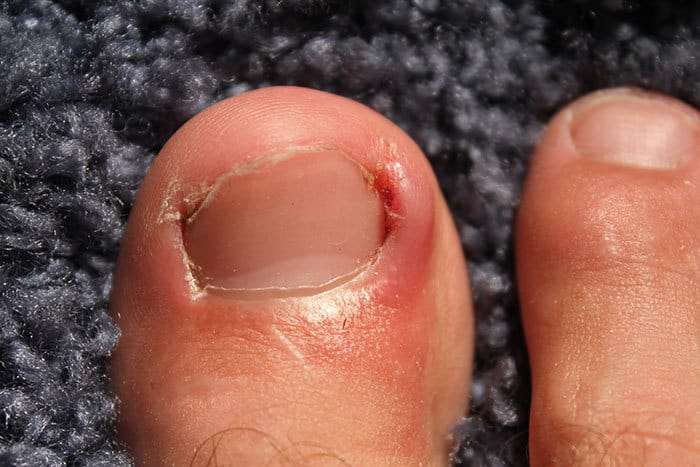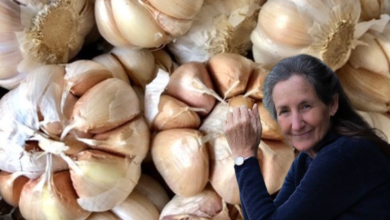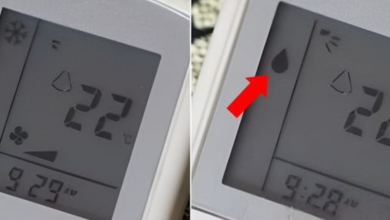
Ingrown toenails occur when the edge of a toenail grows into the surrounding skin, leading to discomfort and, in some cases, infection. This condition most commonly affects the big toe and can result from improper nail trimming, tight footwear, or genetic predisposition. Understanding the causes can help in managing and preventing the issue.
Recognizing Symptoms of Ingrown Toenails
Common symptoms include redness, swelling, and pain around the nail edges. In more severe cases, pus or an overgrowth of skin around the nail may appear, indicating a possible infection. Early detection of these symptoms allows for timely intervention and reduces the risk of complications.
Safe Home Remedies for Ingrown Toenails
To alleviate pain and reduce mild inflammation, soaking the foot in warm water with mild soap or Epsom salt for 15-20 minutes a few times a day may help. However, while soaking can soften the skin, it does not treat infections. Applying an antiseptic ointment afterward can help reduce the risk of infection.
Proper Foot Hygiene and Nail Care
Maintaining good foot hygiene is essential for preventing ingrown toenails. Wash your feet daily with soap and water, and dry them thoroughly. Trim toenails straight across without rounding the edges and avoid cutting them too short. Wearing breathable socks and well-fitting shoes that provide ample room for the toes can also help prevent this condition.
When to Seek Medical Attention
If symptoms worsen or signs of infection appear—such as increased redness, pus, or severe pain—medical attention is necessary. A healthcare professional may recommend treatments such as lifting the nail, partial nail removal, or prescribing antibiotics if an infection is present. Individuals with diabetes or circulation problems should be especially cautious and consult a doctor at the first sign of an ingrown toenail.
Preventing Ingrown Toenails in the Future
To prevent ingrown toenails, always trim nails straight across and avoid wearing tight-fitting footwear. Regularly check your feet for any early signs of ingrown nails, especially if you have underlying health conditions that affect circulation.
Over-the-Counter Treatments and Pain Relief
Pain relievers such as ibuprofen or acetaminophen can help manage discomfort. Over-the-counter antiseptic creams may help keep the area clean, but they do not replace medical treatment if an infection develops.
Common Mistakes to Avoid
Avoid cutting the nail too short or digging into the corners, as this can worsen the condition. Do not attempt to remove the nail yourself, as this can lead to infection. Wearing tight shoes or socks can also exacerbate the problem, so opt for comfortable, well-fitting footwear.
Alternative Remedies: What You Should Know
Some people use natural remedies such as tea tree oil or apple cider vinegar soaks to reduce inflammation. While these may have mild antibacterial properties, they should not replace conventional treatments, especially if symptoms persist or worsen. There is limited scientific evidence supporting their effectiveness in treating ingrown toenails.
Conclusion: Managing Ingrown Toenails Until You See a Doctor

If you are waiting for a medical appointment, focus on symptom relief and infection prevention through proper foot care. Monitor your symptoms closely, and if they worsen, seek medical help promptly. With appropriate care, you can manage discomfort and prevent complications.






